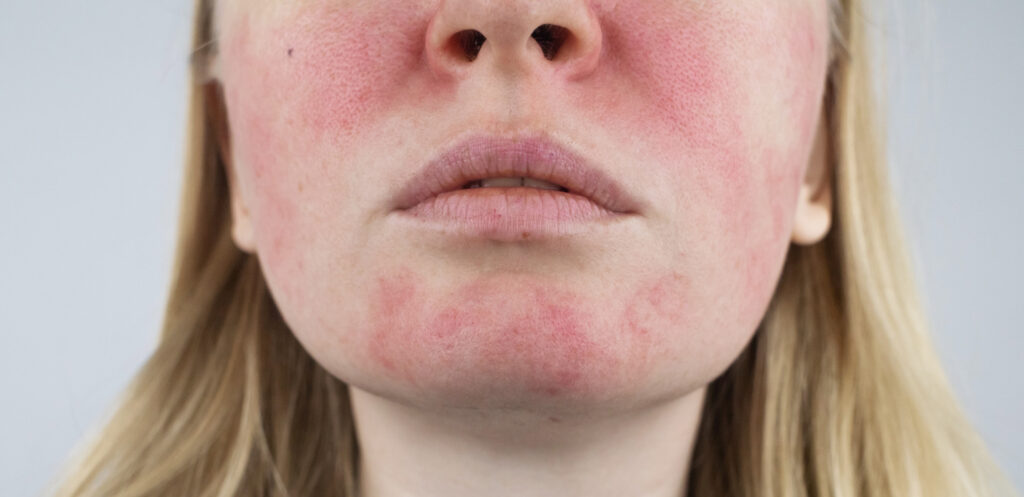Emrosi (minocycline HCl, Journey Medical Corporation) bested oracea (doxycycline, Galderma) and placebo in a pooled analysis of two Phase 3 rosacea trials.
The findings were presented at the 2025 Fall Clinical Dermatology Conference in Las Vegas, NV.
A total of 653 subjects across two Phase 3 clinical trials—Minocycline vs. Oracea in Rosacea-1 (MVOR-1) and Minocycline vs. Oracea in Rosacea-2 (MVOR-2)—were randomized in a 3:3:2 ratio to receive once-daily treatment with emrosi (40mg minocycline hydrochloride modified-release capsules, 10mg immediate release and 30mg extended release), oracea (doxycycline capsules, 40mg), or placebo for 16 weeks.
Fully 62.7% of subjects treated with emrosi achieved Investigator’s Global Assessment (IGA) treatment success, compared with 39.0% in the oracea group and 28.2% in the placebo group. The differences between the emrosi and both oracea and placebo were statistically significant, the study showed. The emrosi group also experienced a mean reduction of 19.2 inflammatory lesions from baseline to Week 16, versus reductions of 14.8 lesions with oracea and 11.3 lesions with placebo.
What’s more, emrosi was well tolerated, with no major safety issues or serious adverse events.
Combined Phase 3 Clinical Results Summary
| Combined MVOR-1 and MVOR-2 Analysis | ||
| IGA Success at Week 16 | Inflammatory Lesion Change at Week 16 | |
| DFD-29 (40 mg) | 62.7% | -19.2 |
| Oracea (40 mg) | 39.0% | -14.8 |
| Placebo | 28.2% | -11.3 |
| P-value: DFD-29 vs. Oracea | P<0.001 | P<0.001 |
| P-value: DFD-29 vs. Placebo | P<0.001 | P<0.001 |


